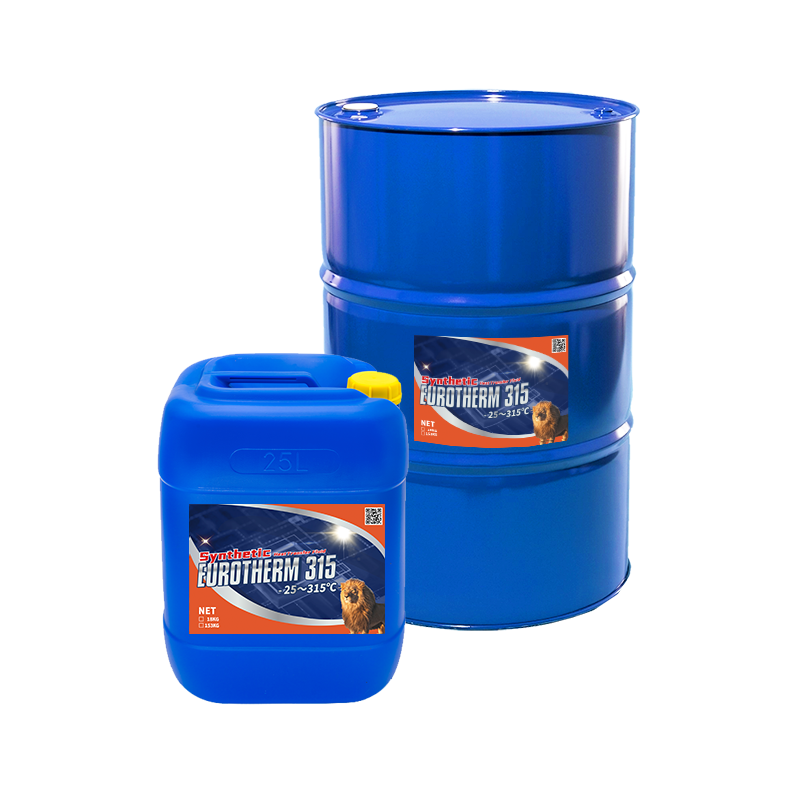Chemie - An Overview
Chemie - An Overview
Blog Article
The Of Chemie
Table of ContentsGetting My Chemie To WorkThe Main Principles Of Chemie The 5-Second Trick For ChemieThe smart Trick of Chemie That Nobody is DiscussingChemie - An OverviewChemie Fundamentals Explained
(https://sitereport.netcraft.com/?url=https://chemie.co)Calculated change in electric conductivity of liquid samples as a feature of time when stirred with the resin sample in the shut indirect cooling loophole experiment. Number 6 reveals the adjustment in the gauged electrical conductivity of the fluid examples when mixed with the resin example. The conductivity of the water sample from the shut loop experiment reduced by roughly 70% from 11.77 S/cm to 3.32 S/cm in six hours.These results showed that the capacity of the material depends on the examination fluid used for the experiment. This reveals that various ions existing in the fluid will certainly lead to different ion exchange capability of the fluid. As a result, computing the ion exchange material capability with the liquid sample from the real air conditioning loophole is vital.
Chemie - The Facts
As a result, an ion exchange material cartridge consisting of 20g of Dowex mixed bed material may take on order 938 days to saturate. Simply put, to preserve a low electric conductivity, a resin cartridge with the dimension and weight requirements as that of the material cartridge made use of in the experiment, require to be transformed every 30 months for the air conditioning system that was made use of in the experiment
The air conditioning of digital components has ended up being a major obstacle in recent times due to the advancements in the style of faster and smaller sized components. Because of this, different cooling modern technologies have actually been established to efficiently eliminate the heat from these elements [1, 2] The usage of a liquid coolant has actually ended up being appealing as a result of the greater heat transfer coefficient accomplished as contrasted to air-cooling.
The 25-Second Trick For Chemie
A solitary phase air conditioning loop consists of a pump, a warmth exchanger (chilly plate/mini- or micro-channels), and a heat sink (radiator with a follower or a liquid-to-liquid heat exchanger with cooled water air conditioning). The heat resource in the electronics system is affixed to the warm exchanger. Fluid coolants are also used in two-phase systems, such as warmth pipelines, thermo-siphons, sub-cooled boiling, spray cooling, and direct immersion systems [2, 4]
The needs may vary depending on the sort of application. Adhering to is a listing of some general requirements: Great thermo-physical homes (high thermal conductivity and certain warmth; reduced thickness; high latent warmth of dissipation for two-phase application) Reduced freezing factor and burst factor (in some cases ruptured defense at -40 C or lower is needed for shipping and/or storage objectives) High atmospheric boiling factor (or reduced vapor stress at the operating temperature) for single phase system; a narrow desired boiling factor for a two-phase system Excellent chemical and thermal security for the life of the electronic devices system High flash point and auto-ignition temperature level (in some cases non-combustibility is a demand) Non-corrosive to products of building (steels along with polymers and various other non-metals) No or very little regulative constraints (environmentally friendly, harmless, and perhaps naturally degradable) Cost-effective The most effective electronic devices coolant is a low-cost and harmless liquid with exceptional thermo-physical homes and a long life span.
The Buzz on Chemie
Most of these fluids have a non-discernible smell and are safe in case of contact with skin or consumption. As mentioned in the past, aliphatic PAO-based liquids have replaced the silicate-ester liquids in a range of armed forces electronics (and avionics) cooling down applications in the last decade. Another class of preferred coolant chemistry is dimethyl- and methyl phenyl-poly (siloxane) or commonly referred to as silicone oil.
Fluorinated compounds such as perfluorocarbons (i.e., FC-72, FC-77) hydrofluoroethers (HFE) and perfluorocarbon ethers (PFE) have certain one-of-a-kind properties and can be utilized touching the electronics [4, 8] Of all, these liquids are non-combustible and safe. Some fluorinated substances have zero ozone diminishing potential and other ecological buildings.
Ethylene glycol is colorless and almost odor free and is entirely miscible with water. When effectively inhibited, it has a fairly low corrosivity. However, this coolant is classified as poisonous and must Visit Website be dealt with and thrown away with care. The high quality of water made use of for the preparation of a glycol remedy is very crucial for the system.
9 Easy Facts About Chemie Explained

This is a reduced price antifreeze option, discovering usage in refrigeration services and ground source warm pumps - silicone synthetic oil. This liquid can be utilized down to -40 C owing to its fairly high price of warmth transfer in this temperature level range.
It is thought about even more damaging than ethylene glycol and consequently has found use just for procedure applications located outdoors. Methanol is a combustible fluid and, as such, introduces a possible fire risk where it is kept, handled, or made use of.
Some Known Factual Statements About Chemie
As a combustible liquid, it needs specific safety measures for managing and storage space. Liquid remedies of calcium chloride locate vast usage as flowing coolants in food plants. The major applications of these fluids are in the food, drink, pharmaceuticals, chemical and climatic chamber applications, lately these fluids have actually been investigated for single-phase convection air conditioning of microprocessors.
Report this page